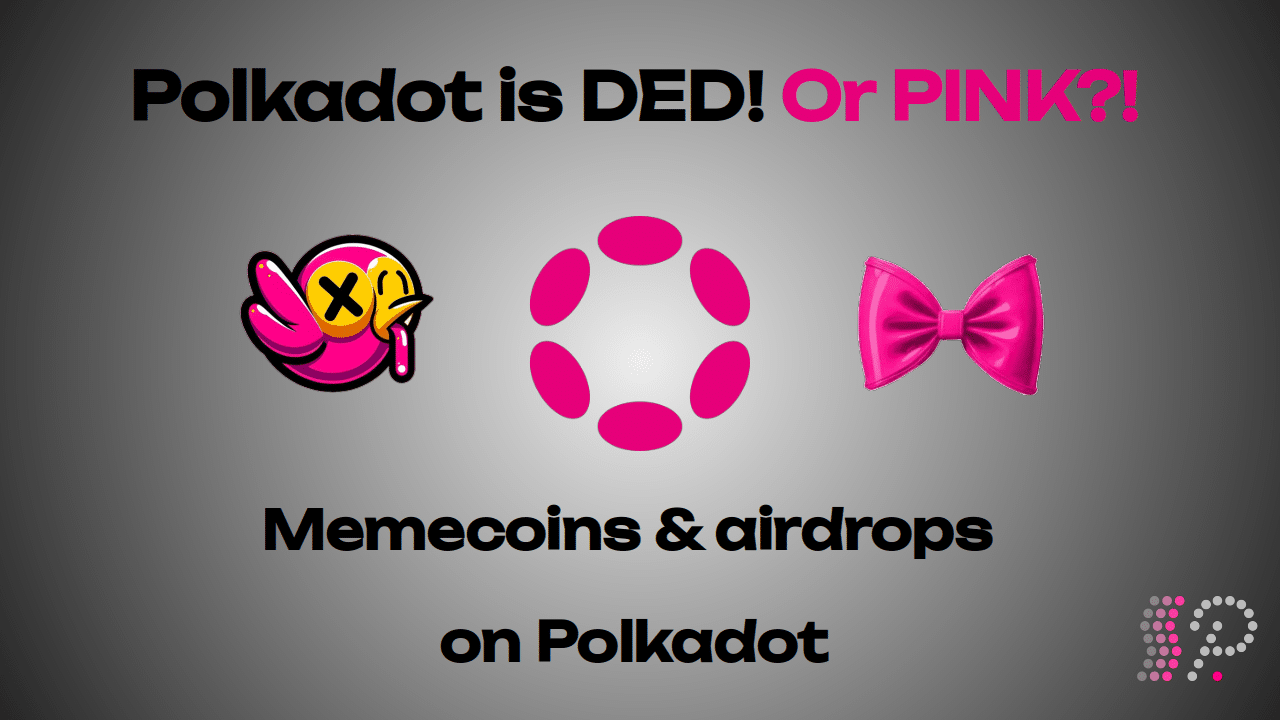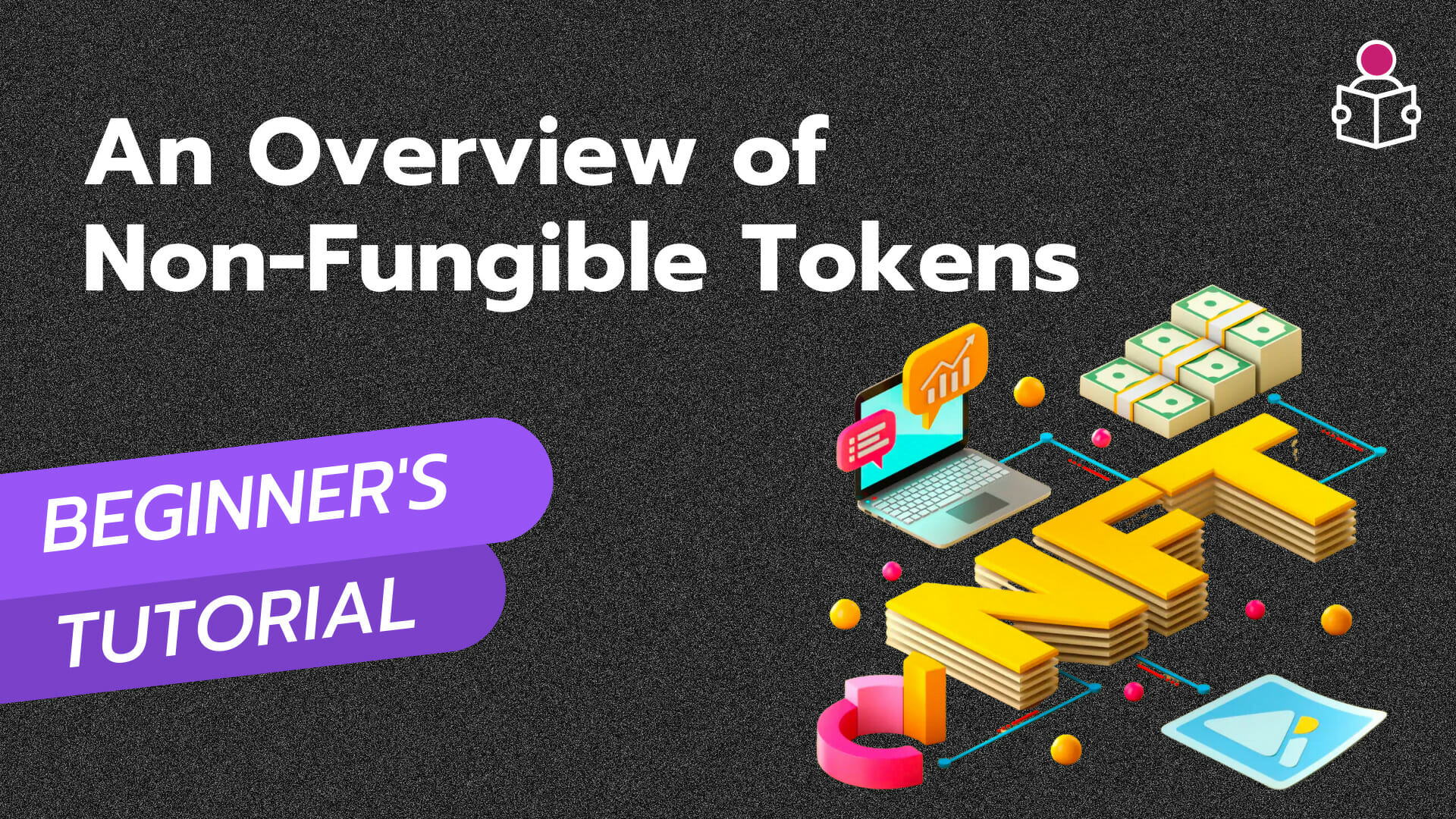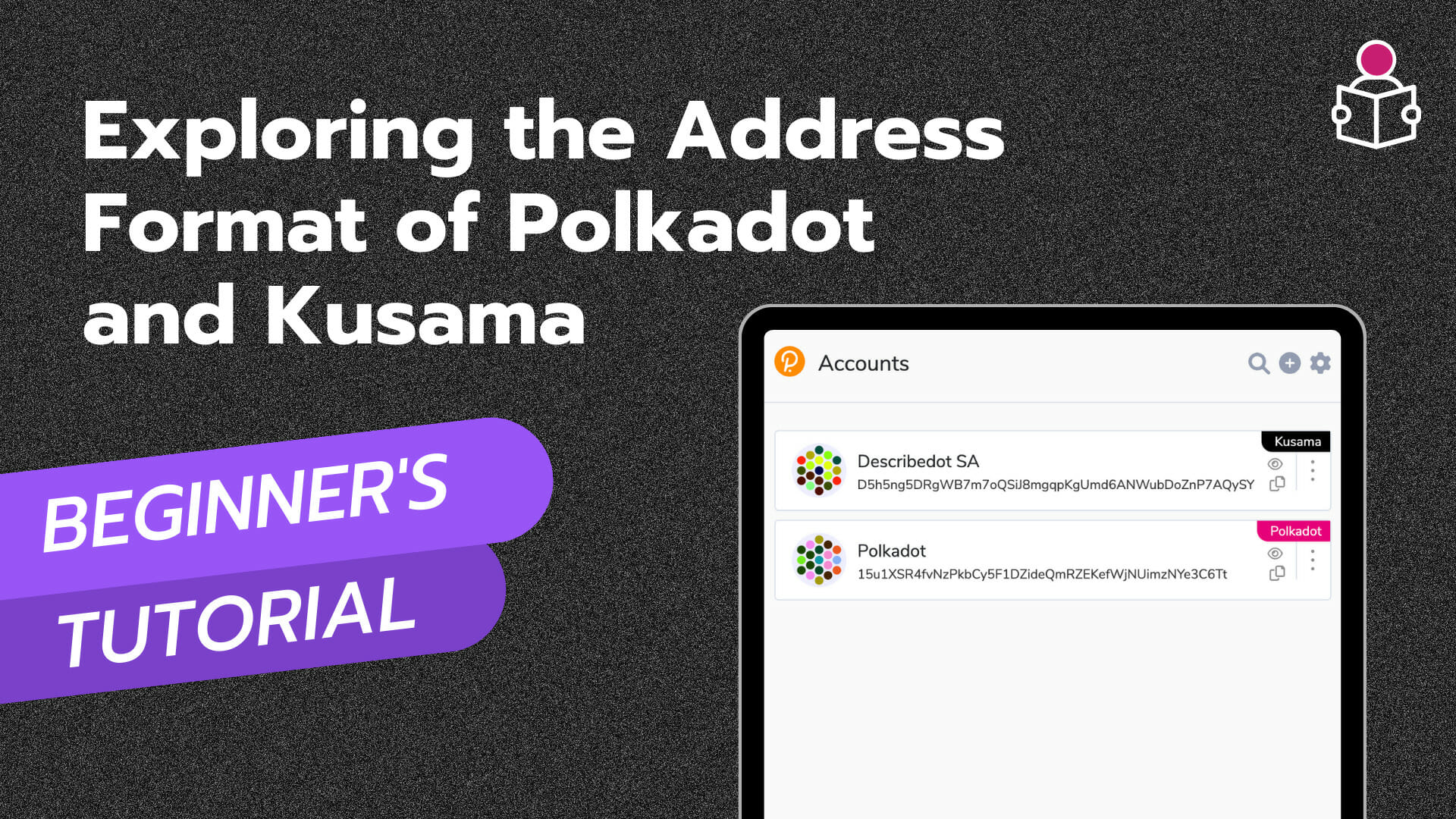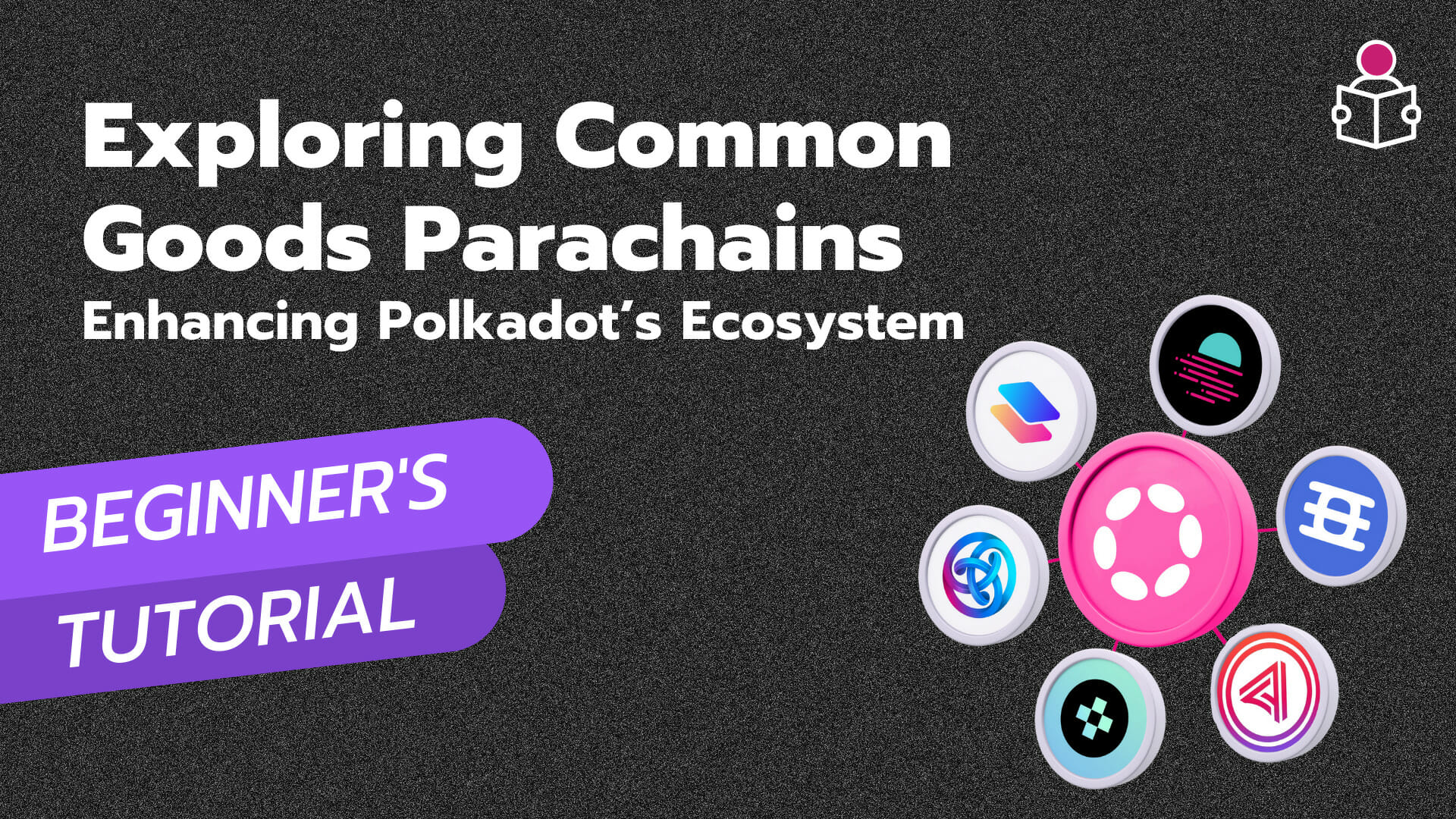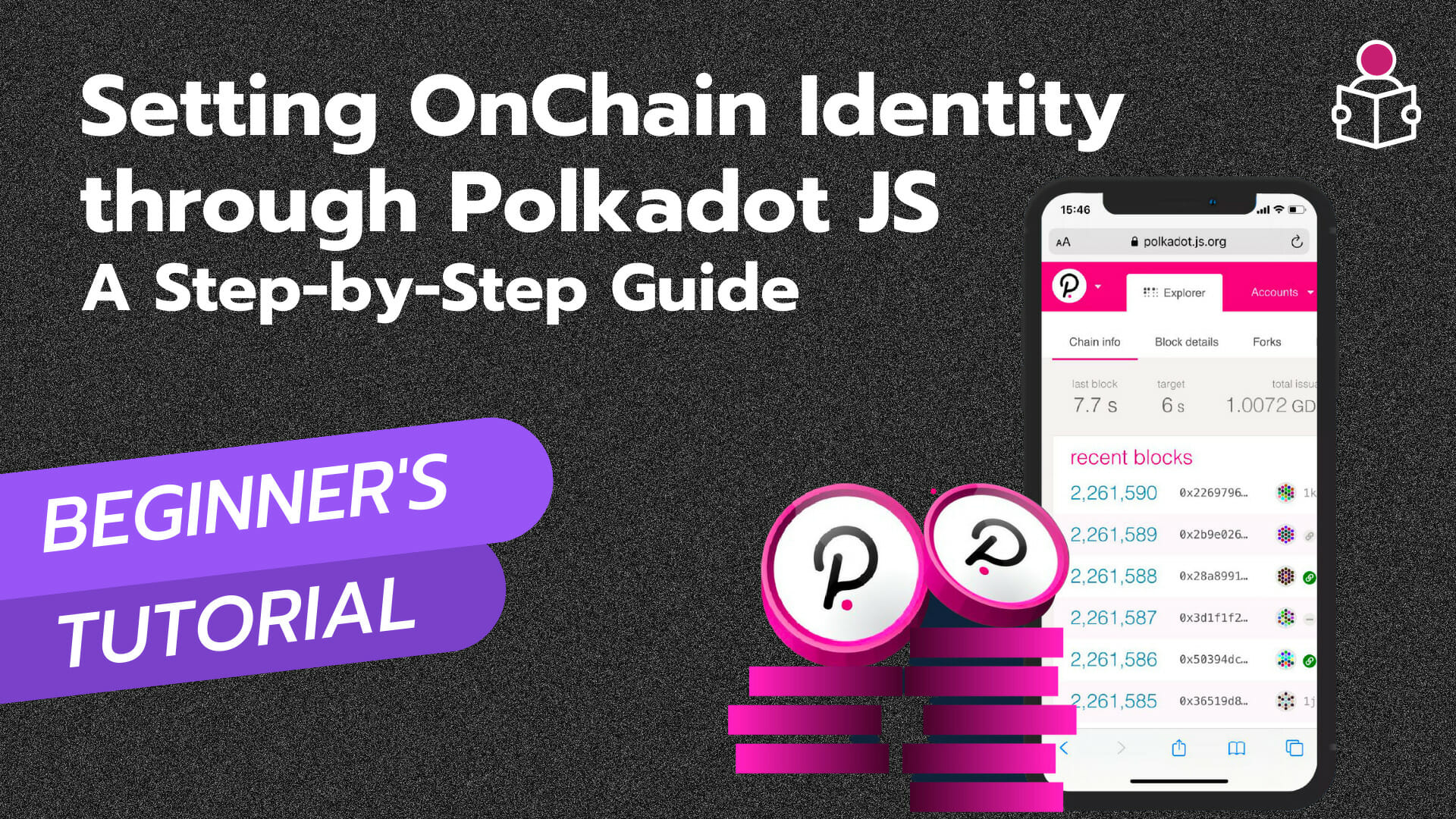Unlocking Interoperability with Polkadot’s Cross-Consensus Messaging (XCM)
Greetings, fellow enthusiasts of blockchain technology! Through this Blog, we delve into the fascinating world of Polkadot, exploring how it seamlessly facilitates communication between various chains and the pivotal role of the XCM protocol in enabling asset transfers. Let’s dive right in and explore this intriguing journey.
Understanding the need for an XCM
XCM is like a universal language that helps different blockchains talk to each other. It allows them to share things like tokens or special functions. For example:
- Sending tokens between different blockchains.
- Locking things on one blockchain to get benefits on another.
- Using specific features from one blockchain on another.
Imagine it as a way for blockchains to understand each other’s needs and work together, kind of like speaking the same language. This is important because it lets developers build cool applications that use the best parts of many blockchains. It’s especially useful in complex systems like Polkadot, which has many specialized blockchains.
Polkadot’s Interoperability Vision
One of Polkadot’s fundamental objective is to provide interoperability between parachains and consensus systems. As the blockchain landscape evolves, the need for a common language becomes essential to foster collaboration and create a cohesive Web3 ecosystem.
Enter the Cross-Consensus Messaging (XCM) protocol. XCM acts as a bridge, facilitating complex interactions across different consensus systems. Designed not just for Polkadot but as a generic and common format for inter-chain communication, XCM serves as a unified language to connect diverse blockchains.
Decoding XCM Tech Stack
Before we delve into the specifics, let’s grasp the concept of a tech stack. A Technology Stack, or Tech Stack, is a combination of software tools, programming languages, frameworks, libraries, and technologies used for developing software applications, systems, or services. It’s structured into layers, each serving a specific purpose in software development and operations.
Imagine implementing a tech stack to understand where XCM’s layers fit into Polkadot. Let’s consider a communication scenario inspired by two individuals, Anil and Lina, speaking different languages. Similar to how Parachains communicate using XCM in the Polkadot ecosystem:
Initiating the Message: Anil initiates a message in English, translated into a standardised format using a translating device or service. Similarly, XCM messages are standardised to be read by Parachains.
Propagation and Translation: The translated message reaches a translation hub, equivalent to the Polkadot Relay Chain, and then sent to the French Translation module.
Delivery and Reception: Lina receives the translated message in French, analogous to a Parachain receiving an XCM message.
Response and Translation: Lina responds in French, and the Translation Hub translates it back to English. Similarly, XCM responses are translated in the Polkadot ecosystem.
End to End Communication: Anil receives the translated response, resembling how Parachains process XCM responses.
XCM Tech Stack: Layers of Seamless Communication
The XCM Technical Stack consists of various components
- Consensus Environments: These include Parachains, Solochains, and testnet/experimental environments that assist in understanding XCM, guided by collators and validators.
- Transport Protocols: These protocols transport messages. XCM and XCMP serve different purposes. While XCM is a message format, XCMP channels facilitate data transfer between chains.
- Vertical Message Passing (VMP): VMP ensures communication between the Relay Chain and validators, with UMP (Upward Message Passing) and DMP (Downward Message Passing) protocols.
- Bridges and Custom Relays: Used for message transfer between different blockchains with distinct consensus systems. XCM messages can be sent between Parachains, Parachains and the Relay Chain, and even through bridges.
- XCM Messaging Format: While not a protocol, XCM acts as a messaging format, expressing what a receiver desires.
- Interface Layers: These layers determine how an XCM message is created. XCM Builder Pallet and Contract Environment Builtins/Precompiles tools are used for communication purposes.
- Business Logic: The top layer represents high-level blockchain functionalities. Pallets and Smart Contracts serve as modular components, each contributing to initiating XCM messages.
XCM’s Four Key Principles
- Asynchronous: Supports continuous message transfers without waiting for block production, allowing independent XCM transmissions.
- Absolute: Ensures accurate and timely delivery of messages in the correct order.
- Asymmetric: XCM messages are one-way, without including responses or results. Acknowledgments are conveyed through separate XCM messages.
- Agnostic: Designed to be compatible with various consensus systems, enabling cross-blockchain communication.
Introducing HRMP and its comparison with XCMP
HRMP, or Horizontal Relay-chain Message Passing, is a communication mechanism in the Polkadot network. It serves as a means for parachains (individual blockchains in the Polkadot ecosystem) to exchange messages and data with one another. HRMP enables these parachains to establish bidirectional channels through the relay chain, facilitating cross-parachain communication.
Now, the relationship between HRMP and XCMP, which stands for Cross-Chain Message Passing, lies in their roles within the Polkadot ecosystem:
- HRMP is used primarily for communication between parachains within the same relay chain. It establishes channels for direct messaging between parachains.
- XCMP, on the other hand, extends this capability beyond a single relay chain. It facilitates communication between parachains across different relay chains in the Polkadot network, allowing for cross-chain interactions.
Unlocking the Potential: XCM’s Role in Polkadot
XCM forms the core of Polkadot’s vision, enhancing inter-chain communication to bring System Parachains into reality. Detailed insights into System Parachains and Common Goods Parachains are covered in separate blog.
XCM fulfils the need for System Parachains, exemplified by the Relay Chain. The Polkadot relay chain goes beyond managing parachains and shared security, overseeing user balances, assets, auctions, governance, and staking. To streamline network operation, System Parachains distribute these core responsibilities from the relay chain, utilizing XCM for efficient communication and task execution.
Conclusion
XCM’s integration empowers the Polkadot network, enabling seamless communication between chains. The XCM protocol’s evolution introduces groundbreaking features such as bridging to external networks and enhanced programmatic capabilities in Polkadot’s upcoming version 3. As we explore further, XCM’s role in revolutionizing blockchain interoperability becomes increasingly evident.
For an in-depth exploration of XCM, dive into Polkadot’s XCM Wiki page. Should you have any queries or seek clarification on XCM-related concepts, feel free to drop a comment or email us at [email protected].
Thank you for joining us on this enlightening journey through the realm of XCM and Polkadot!
Frequently Asked Questions (FAQs)
Q: What is the main purpose of XCM in the Polkadot ecosystem?
XCM, or Cross-Consensus Messaging, serves as a bridge between different chains within the Polkadot network, enabling seamless communication and interoperability. It facilitates the exchange of messages and asset-related information between parachains, making the concept of System Parachains a reality.
Q: How does XCM enable communication between different chains?
XCM provides a standardized messaging format that allows different consensus systems to communicate effectively. Just as translators facilitate communication between individuals speaking different languages, XCM ensures that messages are translated into a format that various chains can understand and process.
Q: What is the significance of the XCM Tech Stack?
The XCM Tech Stack is a layered architecture that underpins the functionality of XCM. It encompasses components like Consensus Environments, Transport Protocols, Vertical Message Passing (VMP), Bridges, and more. Each layer plays a crucial role in enabling efficient communication and interaction between parachains.
Q: How does XCM handle asynchronous communication?
XCM supports asynchronous communication, allowing continuous message transfers without waiting for block production. This means that XCM messages can be sent independently, enhancing the efficiency and speed of inter-chain communication.
Q: What is the role of XCM in System Parachains?
XCM is integral to the concept of System Parachains. By utilizing XCM, System Parachains can distribute core responsibilities from the relay chain, such as managing user balances, assets, auctions, governance, and staking. This ensures smoother network operations and optimal resource allocation.
Q: Can XCM be used for bidirectional communication?
No, XCM is primarily designed for one-way communication. While it allows messages to be sent from one chain to another, it doesn’t inherently support bidirectional exchanges. Separate XCM messages are used to convey acknowledgments or responses if needed.
Q: How does XCM facilitate communication between Parachains?
XCM allows Parachains to initiate messages to communicate with each other. For instance, Parachain A can use XCM to send an asset transfer request to Parachain B. The XCM message includes all the necessary information for the transfer, enabling effective inter-chain communication.

